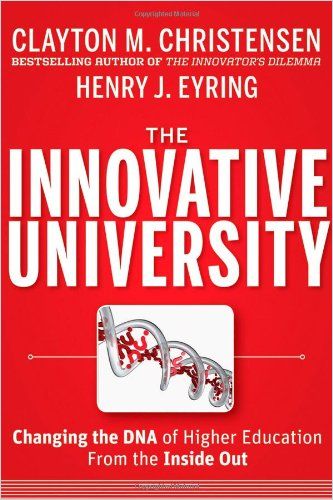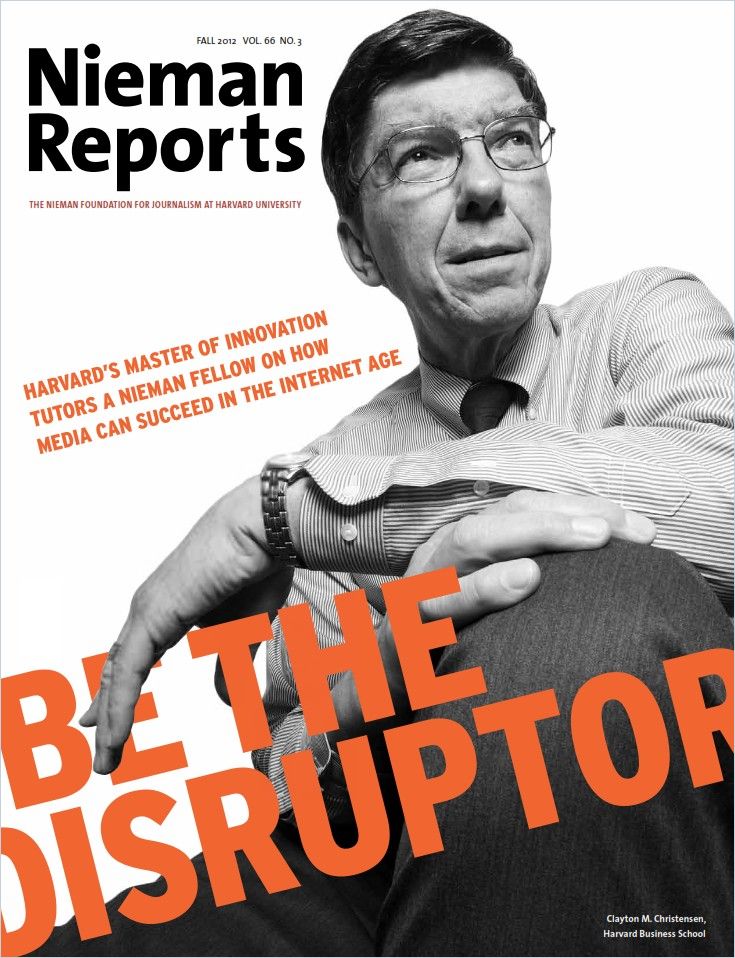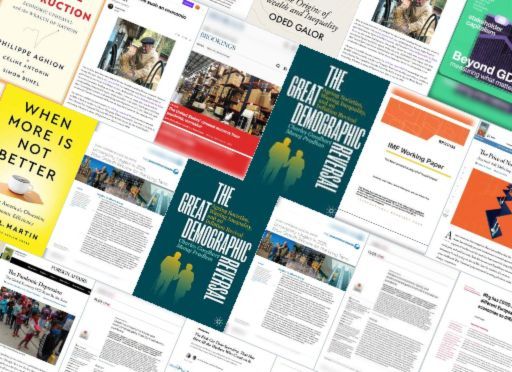Clayton M. Christensen

Clayton M. Christensen (1952–2020) was a US economist, author and management consultant.
Christensen can be described without exaggeration as a superstar among the economists of his time. His fundamental works on the topics of management and innovation – including the well-known The Innovator’s Dilemma – already had an enormous influence during his lifetime, but have an impact far beyond that.
1. Clayton Christensen’s Key Findings and Messages
- Clayton Christensen became famous for studying and explaining the “innovator’s dilemma” – It describes the problem that established companies inevitably offer more quality than customers need, want or can afford. Because they focus on the top end of their markets and sacrifice the low end, many struggle to come up with new, disruptive innovations that usually debut at the market’s bottom (and among new consumers).
- There are two forms of innovations – Sustaining innovations (1), as Christensen calls them, improve on established products, while disruptive innovations (2) disrupt the value proposition. Great companies fail because they focus on improving what made them great (1), forgetting that customer demands may change and make their core product obsolete (2).
- Listening to your clients is dangerous – This is because existing customers can’t lead a company to disruptive innovations serving the needs of new ones. Instead, companies should always keep both forms of innovation in mind and pay the same attention to the competition and the markets around them as they do to existing customers.
Blindly following the maxim that good managers should keep close to their customers can sometimes be a fatal mistake.
Clayton M. Christensen
2. Why Do They Matter?
Clayton Christensen’s findings and his suggested ways out of the innovator’s dilemma are very important in times of global markets and competition. If you want to know how to turn markets upside down without being the top dog, you’ve come to the right place. Conversely, if you want to know how to keep the competition at bay, Christensen is your go-to source as well. His theories wielded broad influence among successful and famous entrepreneurs and business leaders, such as Steve Jobs and Peter Thiel.
3. To Understand Christensen’s Work, Start Here
In this illuminating lecture delivered at Google in 2016, Clayton Christensen explains why business leaders must change the way they measure success, or risk almost inevitable failure. Christensen delves into the drivers of growth and offers a plausible theory to account for recent economic woes in the United States, Europe and Japan.
Highlights:
- Companies produce four types of innovation – and only one generates growth.
- Understanding the job to be done is the key to developing potential innovations.
- Companies are failing to maintain growth because they base investment decisions on financial ratios.
- Read more.

Disruptive innovation describes a process by which a product or service powered by a technology enabler initially takes root in simple applications at the low end of a market – typically by being less expensive and more accessible – and then relentlessly moves upmarket, eventually displacing established competitors.
Clayton M. Christensen
4. Groundbreaking Works: Christensen’s Books
The management thinker’s most important publications are the four books: The Innovator’s Dilemma, The Innovator’s Solution, Competing Against Luck and The Prosperity Paradox. Here you will find out – in order and very briefly – what you should take away from them:
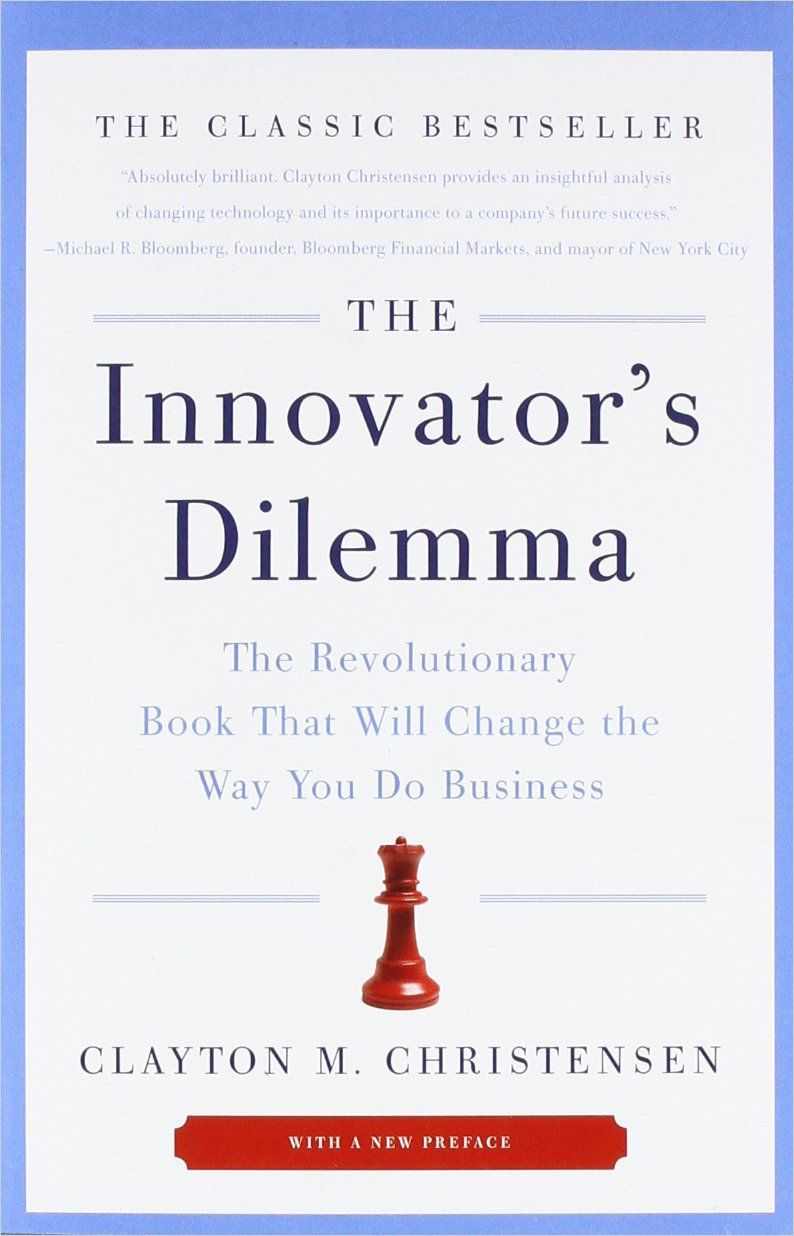
- Great companies fail because they focus on improving what made them great.
- Disruptive innovations typically appeal to the least desirable customers.
- Customers can’t lead a company to disruptive innovations.
- Disruptive technology investment is a marketing initiative, not a technological initiative.
- Learn more.
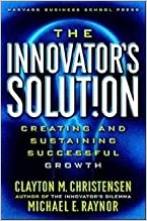
- To avoid the innovator’s dilemma, seek markets in which you have no competition or markets that your established competitors avoid.
- Never compete with non-consumption.
- Find customers who are seeking something because they have nothing.
- Offer them a way to keep doing what they are doing, but more easily and for less money.
- Learn more.
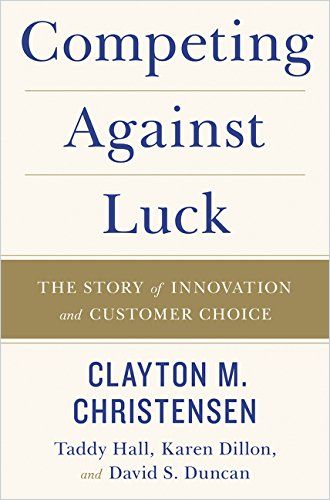
- The “Theory of Jobs to Be Done” says consumers “hire” and “fire” products based on whether they do the job that customers want to accomplish.
- Concentrating on the consumer’s Job to Be Done can focus your search for successful product innovation.
- Identifying a Job to Be Done requires describing the job in narrative detail, and data tabulations are less meaningful than narratives in pinpointing open niches.
- Learn more.
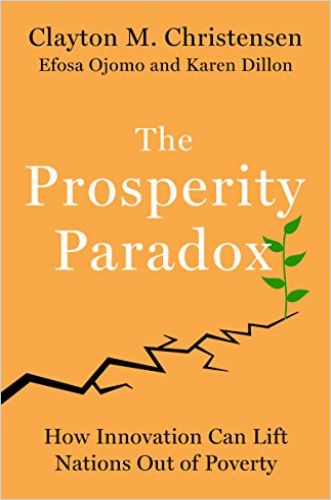
- Prosperity (as a result of growth) has progressed unevenly across the globe.
- Opportunity lies in targeting “nonconsumption.”
- “Market-creating innovations” transform economies and societies.
- Learn more.
Competitive advantage is built not just by understanding customers’ jobs, but by creating the experiences that consumers seek both in purchasing and using the product or service.
Clayton M. Christensen, Karen Dillon, David S. Duncan and Taddy Hall
5. Practical and Quick Insights: Christensen’s Talks
Whether you’re interested in the different types of innovation, the proper measurement of value or the eradication of world poverty, Clayton Christensen had his YouTube following long before the TED era – alongside fan bases at Harvard Business School, in Silicon Valley, or among free-market entrepreneurs.
- Disruptive innovations are products and services that are straightforward and cheap.
- Disruptive innovations don’t necessarily involve radical technological breakthroughs or hip young companies.
- Disruptive innovations are often easier to spot for small companies than for big players, because even small opportunities mean a lot to small companies, but are often barely visible to big companies – so they seemingly don’t matter for them.
- To prevent innovation mytopia as a growing company, you should keep dividing smaller business units off.
- Innovation is not (only) about a great idea. It comes to life only through a business unit that makes a good idea profitable.
- Many companies fail to see new opportunities because they are obsessed with their “one” already profitable, but “old” idea.
- The only way to change this is to create more business units and try to bring their product ideas to the market.
- These observations apply not only to manufacturing companies, but also to educational institutions, the media or entire health care systems: Many of them are very static and offer things that are less and less in demand – or in-demand goods at completely inflated prices. This is due to a lack of disruption.
In the following summaries, you will find everything you need to know about opportunities and risks in dealing with disruptive innovations in education, media and health care.
All of tomorrow’s big businesses are small today.
Clayton M. Christensen
6. Additional Resources: Interviews and Features
Clayton M. Christensen was not only a respected professor, but also a good conversationalist: His calmness and patience in explaining sometimes complex problems are legendary, his view of humanity positive, and his confidence in individual, economic and even spiritual growth remains a resource to draw upon even after his passing. Here are a few examples of topics that at first glance seem only loosely related to innovation, but make sense:
- Measuring your life is not about the progress we make in our careers – It’s about choosing wisely how to invest your time and passion to make a positive impact on your peers and/or society. See Christensen’s famous TEDx talk.
- Success may be a valid goal for many, but once achieved – or thought to be achieved – success has many dangerous side effects – It blinds you to better things, it can lead to hubris, or it can lead to mental inertia. If you want to avoid this, the best way is to surround yourself with honest people who support when necessary and challenge when necessary. Clayton Christensen explains exactly what this is about in this emotional speech at BYU.
- Free markets – Christensen is a great friend of free market economies, and in the last years of his life, he devoted himself particularly to the topic of poverty reduction through market-generated innovations. In one of his last interviews, he talked about this with his co-authors Karen Dillon, Efosa Ojomo and getAbstract:
- Values – Yet, Christensen never got tired of pointing out that a successful market-based economic system is based on values that cannot be produced artificially. These include honesty, personal responsibility and harnessing intrinsic motivation to do things better than they currently are. In his view, the success of the United States has to do in no small part with the historical legacy of the Christian religion, which he believes promotes many of these values.
- Shareholder value – Christensen thinks this is “a broken paradigm.” In this video, he explains why: “In the 1960s, the average shareholder held the shares of your company in her portfolio for six years. Today, 40% of the trading on the stock exchange is done by hedge funds whose average holding period is 60 days. Fifty-five percent of the activity on a typical day on the stock exchange is executed by mutual funds and pension funds whose average holding period is 10 months. So, 95% of the volume is executed by people who don’t even hold the shares of your company for a year. Do you want to call these people shareholders? They’re not.”
8. Related Articles from Our Journal
We have already covered Christensen’s topics several times in our Journal; these articles will give you further actionable advice:
